JAMAICA | Falmouth Needs Help to Preserve the Town, its History, and earning power
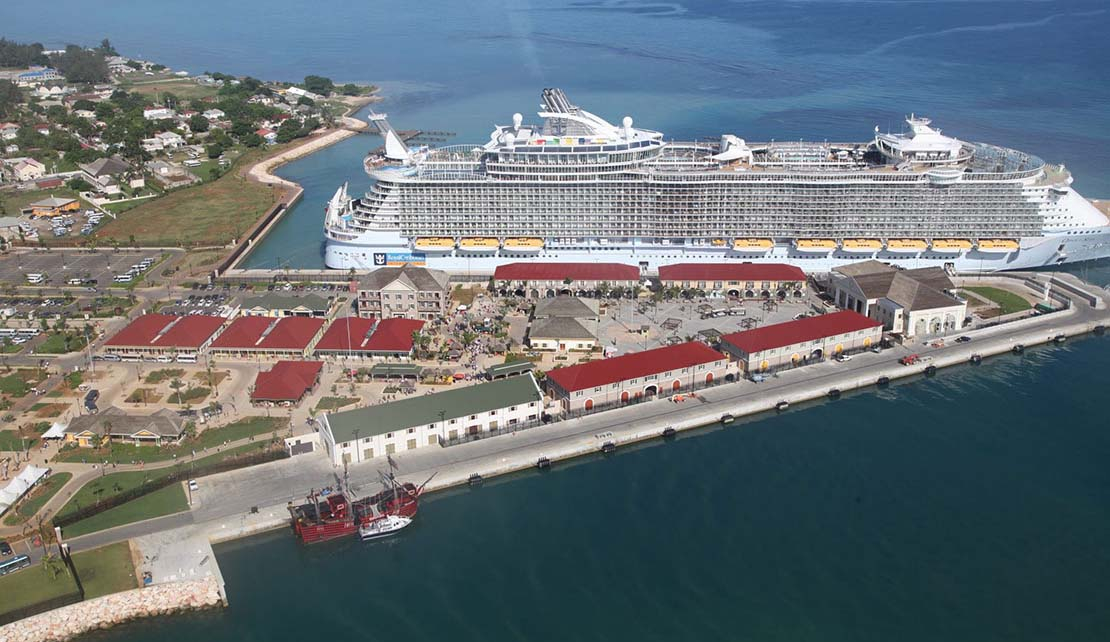
MONTEGO BAY, December 3, 2022 - The historic town of Falmouth in Trelawny is ‘bawling’ out for help, as it's in a disgraceful and dilapidated condition. It needs the political muscle of the citizens of the parish, the financial astuteness of its business sector, the leadership and financial strength of the central government, and the good will of its residents and members of its diaspora to fix it.
To begin with, as an acknowledged historical town, there seems to be no effort being made by the municipal corporation to see that these precious buildings monuments and artifacts are preserved and maintained.
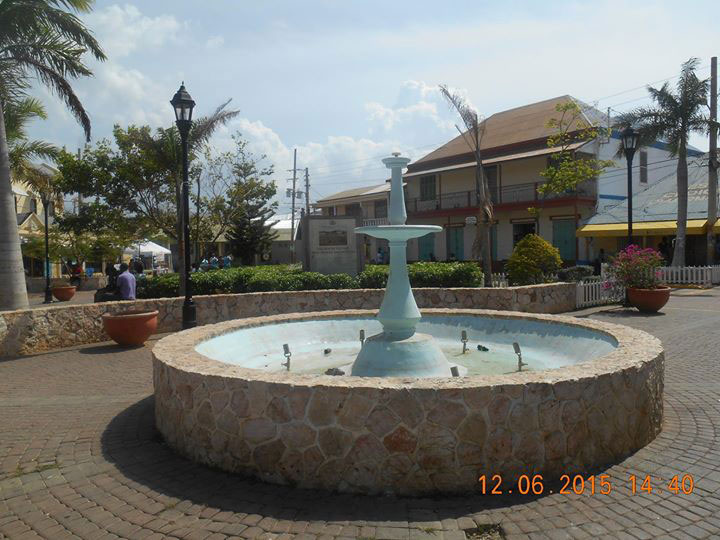
But today, the historic buildings are either crumbling or have been torn down by new owners. The once pristine fountain in Water Square now looks like an old dried up prune and garbage is strewn all over the town’s narrow street.
Overall Falmouth is decaying as are many of our historic sites in other parts of Jamaica, and the restoration of the town seems to have stalled.
Despite the fact that Falmouth is supposed to be a protected site, there seems to be a mad rush to destroy the old buildings and the persons who are charged with preservation of the town’s heritage do not seem to care a damn!
Other countries have done amazingly well in the development of their historic sites. Their governments have seen the value of their history and recognised their sites’ contribution to the country’s development.
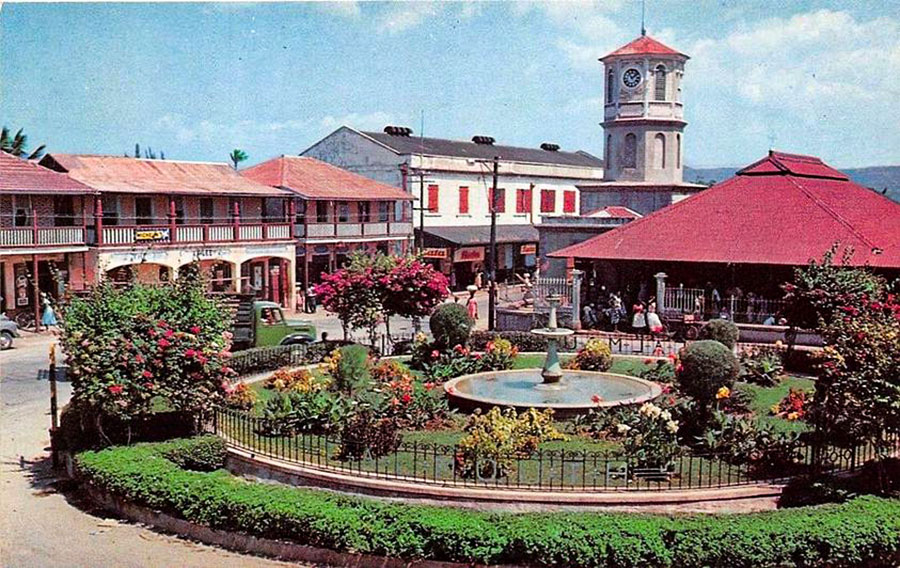
On Tuesday March 22, 2011, prime minister Bruce Golding officially opened the Falmouth Cruise Pier in Trelawny as Jamaica's 'most modern and elaborate' port of call for cruise ships.
The pier was established by the Port Authority of Jamaica (PAJ), in partnership with Royal Caribbean International, a global cruise brand with 26 ships currently in service.The cost of the development was US$ 269 million, and built over a two year period.
Golding commended Royal Caribbean Cruise Lines and the Port Authority, for their investment in the town of Falmouth pointing out that “Cabinet gave approval for the project in 2008, and some two and a half years later, celebrating this milestone.”
He said that the port represented a significant level of investment in Falmouth, as well as Jamaica’s tourism, and commended Royal Caribbean for its “unwavering” commitment.
“There are many projects, I know, that were launched about the same time and when the global recession hit … (but) despite all of those challenges, Royal Caribbean remained steadfast in their commitment and, today we celebrate the birth of this fantastic facility – the dawn of a new day for Falmouth and Jamaica,” Golding stated.
Twelve years later, the Falmouth cruise pier continues to be structurally magnificent, and operationally efficient while the town of Falmouth has retrogressed to a deeper state of dilapidation.
Between the facilities on board ship, and the shopping facilities at the pier, Royal Caribbean has ensured that the requirements of the cruise ship passenger can be properly satisfied. There is no need for them to venture into the town.
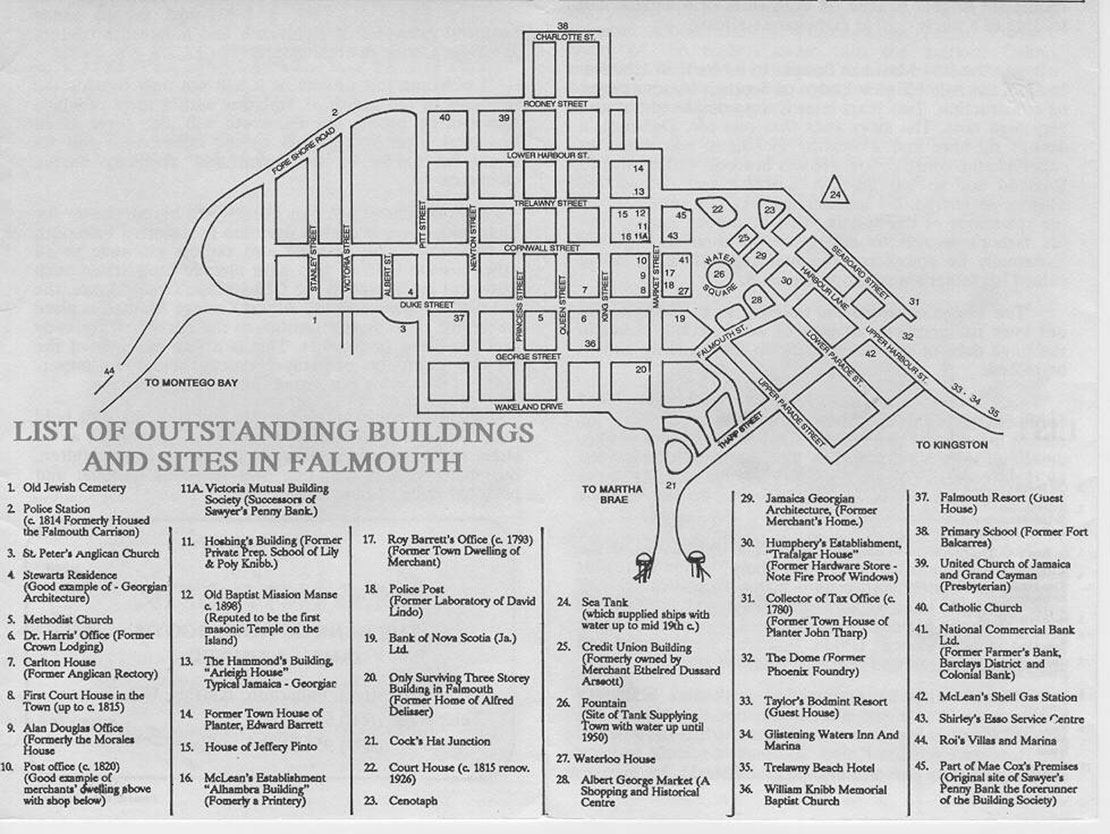
The deal proposed to prime minister Bruce Golding, was too good to refuse. The trade-off for this investment would be the infusion of money by Royal Caribbean into Falmouth and the surrounding parishes with the arrival of the new mega ships.
The then president of Royal Caribbean, Adam Goldstein did not mention that the main reason why the cruise line wanted to develop a near-shore oasis in the northern Caribbean, was not because Falmouth was so fantastic.
Rather, The Cruise Line wanted someplace where their ships could not only take onboard good water, but also have a facility to properly manage the deposit of several tons of sewage from the Oasis class vessels.
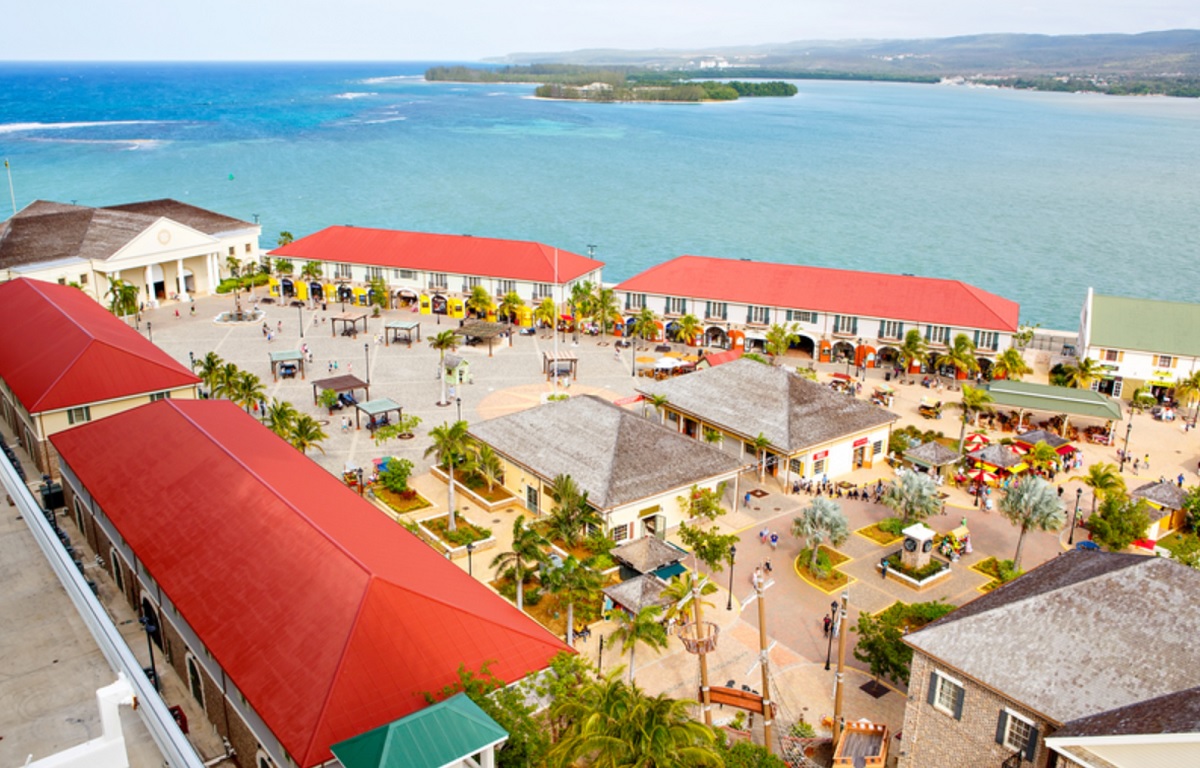
According to Jim Walker’s ‘Cruise Law News’, “No environmental impact statement or detailed economic analysis was prepared. The Port Authority of Jamaica (PAJ) prepared promotional materials suggesting that "the destination will deeply reference the town’s history, offering visitors a unique sensory experience of the Colonial era."
“Jamaica has a history of being exploited by foreign plantation owners, sugar barons, slave owners, bauxite-mining companies and now the mega ships of the $15 billion Royal Caribbean cruise line.
He opined that perhaps its only ”When these floating high-rise shopping-centers cast a shadow over all of old town Falmouth, will Jamaica realize that it’s once quaint port is being used for little more than a big latrine?”
Of course, Golding grabbed the deal which was signed with Royal Caribbean’s President Adam Goldstein, who promised to deliver 400,000 passengers a year to Falmouth over the next 20 years, with an expectation that each passenger would spend over $100 in the port.
Jamaicans were promised a revitalized local economy with thousands of U.S. passengers spending hundreds of thousands of dollars every time the Genesis class cruise ships arrived in port.
Since then, Royal Caribbean has introduced the Oasis of the Seas mega liner and on December 1st, this year the Wonder of the Seas, the largest cruise ship afloat with its capacity of 7,000 passengers and 2,000 crew, began using the Falmouth facility as a Port of Call.
“William Tatham, Vice President of Cruise and Marina Operations at the Port Authority of Jamaica, proclaimed: “cruise visitors are looking for more memorable experiences, and this is certainly what Falmouth will be able to deliver.”
But has the town of Falmouth been able to deliver on this promise of a memorable visitor experience? Sadly, the answer is NO, as there has been no concomitant development of Falmouth, considered to be one of the Caribbean’s best-preserved historic towns.
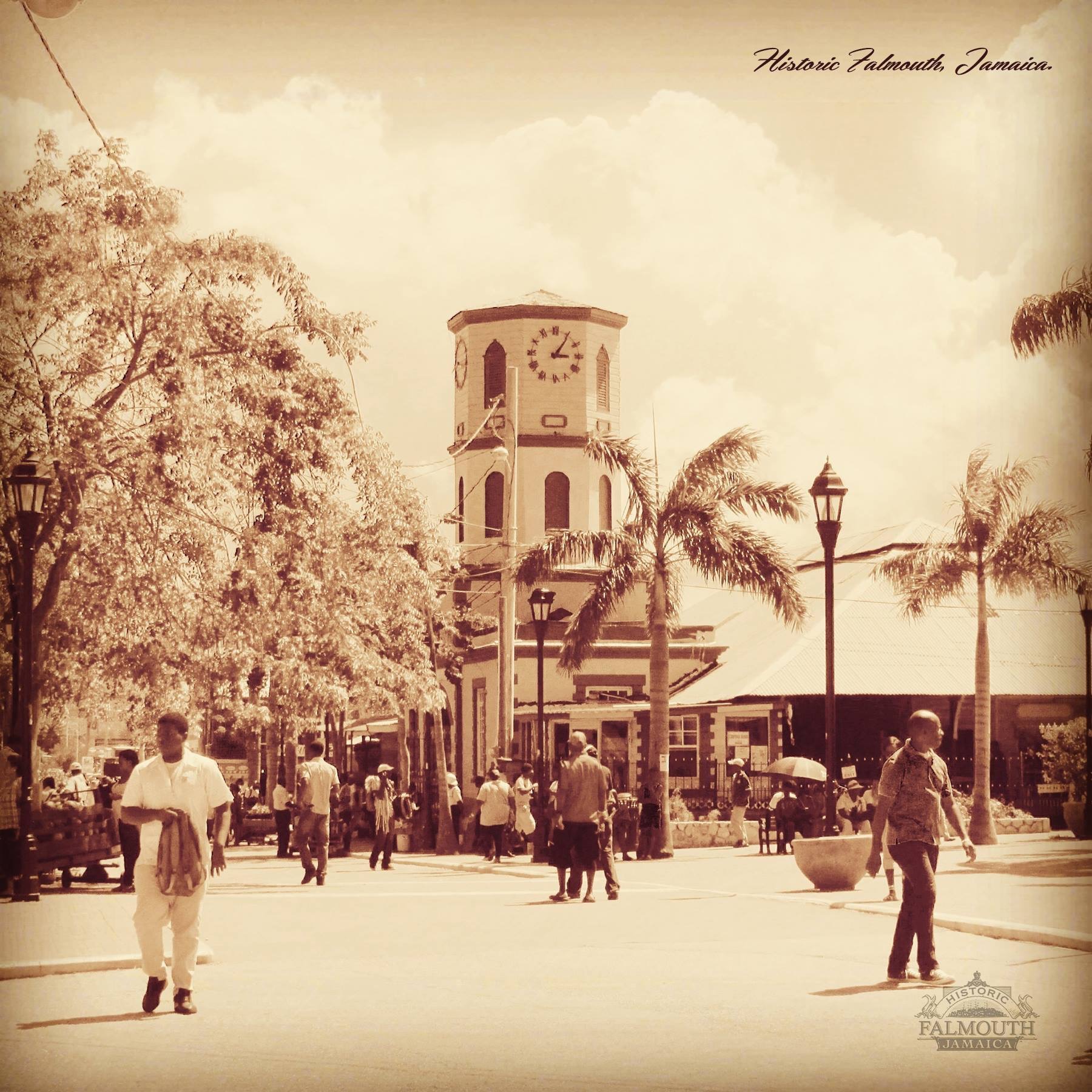
The historic town also has an ill-famed past because it was a center for the slave trade from Africa. Based on its rum, sugar and slave business, it became one the wealthiest ports in the "New World."
Falmouth was the manifestation of the hundreds of sugar estates and enormous wealth created by slaves for the rich estate owners including Sir William Trelawny of Falmouth, Cornwall, in Britain, for whom the town of Falmouth was named.
But the people of Falmouth, led by its Municipal Corporation and the Trelawny Chamber of Commerce and Industry, have not yet been sold on the need to clean the town, rid it of its hustling and crime ridden reputation and capitalize on the tourism industry by marketing the town with its rich history.
Perhaps, theTrelawny Chamber of Commerce and Industry as well as the Trelawny Municipal Corporation should issue an invitation to the Port Authority of Jamaica, as well as The Royal Caribbean Cruise lines to partner with them to develop and improve the image of the town.
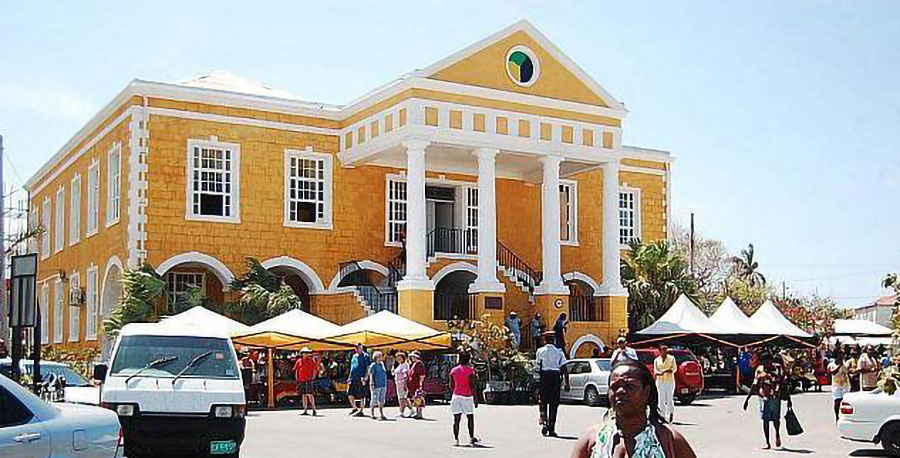
Perhaps one of the projects that could be explored is a solar lighting and paint-up campaign of the entire town of Falmouth. You would be surprised to know what a little paint can do! In addition, the central Government needs to step in and assist the municipality with crafting a development plan for the town that will take into consideration the impact that is placed on Falmouth by its neighbours in St. Ann and St. James as well as the communities in upper Trelawny, and the cruise ships.
While the conventional wisdom is that the Oasis class vessels such as Oasis of the Seas and its larger sister vessel Allure of the Seas are self contained floating-high-rise-shopping centers, there is very little discussion about passengers actually getting off the Oasis or Allure of the Seas and going into Falmouth.
They don't need to. According to one cruise ship captain quoted by The Charlotte Observer in a story called Vegas with an Anchor, “our hope, of course, is that people don’t get off, because this ship itself is the destination. This is better than a lot of the islands.”
With this new generation of Oasis class vessels, “you don’t need to leave the ship at all,'' said another captain….and with the new addition to the fleet, The Wonder of the Seas.
The cruise line this week revealed plans for the Icon of the Seas, the biggest cruise ship ever which is expected to sail in 2024. Measuring 1,185 feet (365 meters) long and with a gross tonnage estimate of 250,800, Icon of the Seas will be an extraordinary cruise ship, says Royal Caribbean.
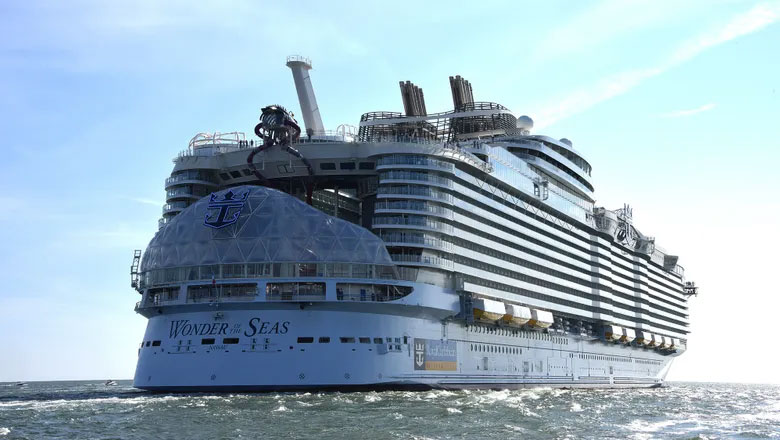
What does this mean? In order to effectively compete with the cruise ships which are attractions themselves, islands like Jamaica and ports like Montego Bay, Ocho Rios and Falmouth have to be more aggressive in marketing themselves as more than “the best thing since sliced bread.”
Hence, cruise ships are not only competing with hotels, they are also competing with islands as attractions and are ahead of the game….
Tourism is here to stay. It's one of the largest multi-trillion dollar businesses in the world, and Jamaica has to reconfigure its thinking to take advantage of its share of the world’s travel market.
-30-

 Ar
Ar  En
En